
Obesity is one of the major health problems in the modern world and there are virtually thousands of diet plans based on different principles of weight loss. People want to lose weight because obesity hampers their appearance and self esteem, but also because the science today knows that many serious and potentially life-threatening conditions and diseases are caused by obesity, directly or indirectly.
Negative calorie diet is just one of the many diet plans, but according to the people who have tried it; it seems to be quite effective.
The basics of negative calorie diet
The principle behind this diet plan is simple. All it takes is to eat foods that have negative calories. Negative calories are not negative per se, and this just means that certain foods require more calories to digest than the number of calories they actually contain.
Most diets work by lowering the number of calories consumed and increasing the number of calories burnt. This diet proposes eating foods that burn more calories when digested. As a result, the body starts burning calories taken from the fat deposits.
This diet promises 10 to 14 pound loss in just one week of eating foods with negative calories.
Food contains carbohydrates, protein, fat, fiber, minerals and vitamins which stimulate the digestive enzymes to break down the calorie in the food. A negative calorie diet not only stimulates the enzymes to break down the nutrients, but also to use calories stored in fat. This increases the body’s metabolism, which promotes weight loss.
One piece of cake has approximately 500 calories and it requires 200 calories to digest. This means that 300 calories are added to the stored fat as a result. One the other hand, one stalk of celery has about 5 calories but it requires much more to digest.
Negative calorie diet foods
Foods that are supposed to be eaten in this diet are fruits and vegetables that are high in vitamins and minerals and low in calories. This include asparagus, broccoli, lettuce, beets, onions, carrots, cucumber, tomatoes, spinach, peppers, garlic, endive and many more, and as for the fruits, the best ones are apples, berries, pears, pineapple, grapefruit, lemon, oranges, limes, mangos, peaches, watermelons and similar.
Some experts claim, though, that this diet, especially if followed for a longer period, depletes the levels of calcium and protein, since it prohibits calcium sources like milk and dairy products, as well as significant sources of protein, like meat.
This is why it is recommended to consult a doctor or a dietitian before starting this diet.


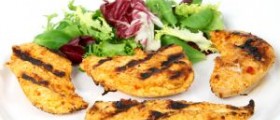


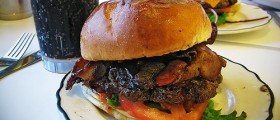
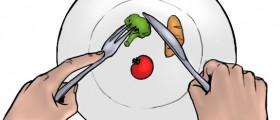

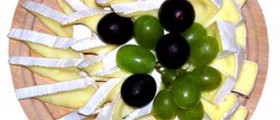


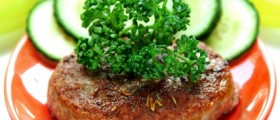
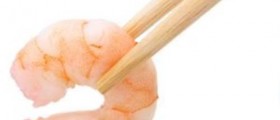
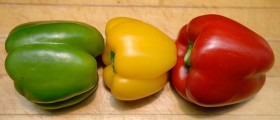
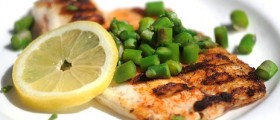


Your thoughts on this
Loading...